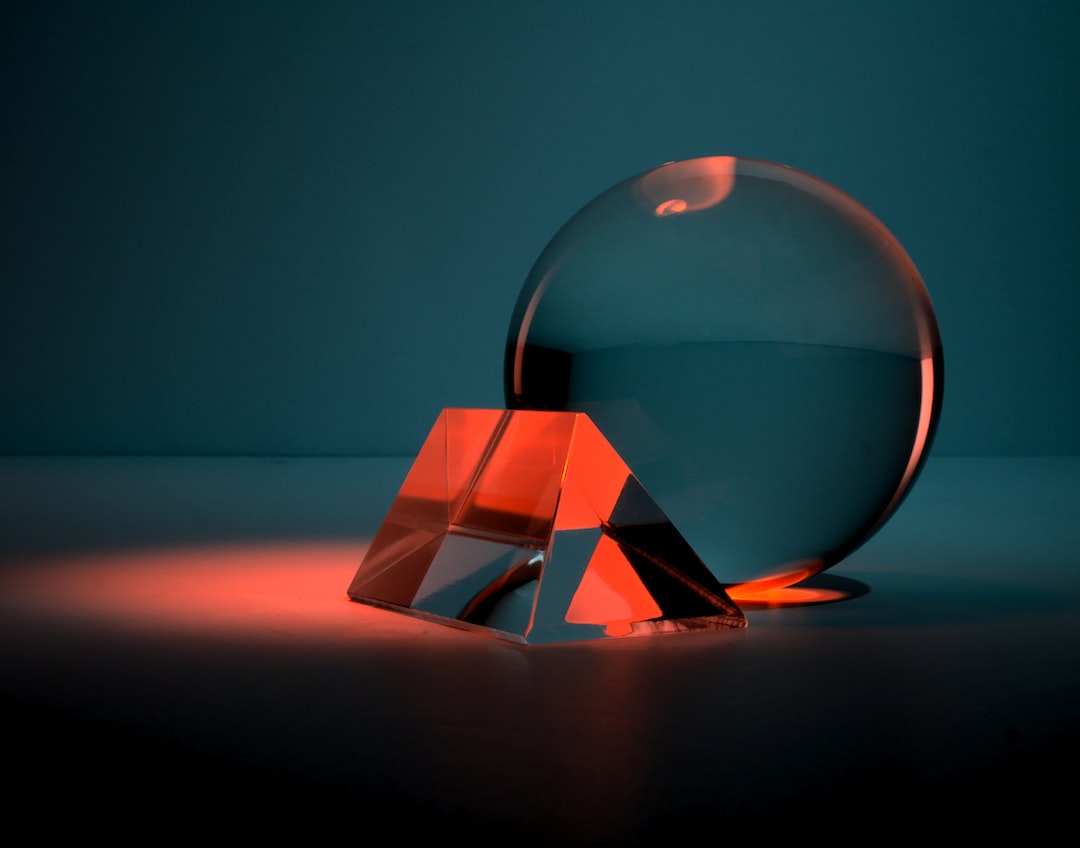Kinetic typography, also known as motion typography, is a creative and captivating approach to graphic design that goes beyond static text. It adds movement, energy, and personality to written words, resulting in a visually stunning and engaging experience for the audience. In this blog post, we will explore the beauty of kinetic typography in motion design and how it has revolutionized the way we perceive and interact with typography.
Traditionally, typography has been viewed as a static element, limited to print media or digital platforms with minimal animation. Kinetic typography breaks free from these constraints by bringing words to life through animations, transitions, and dynamic effects. It combines design principles, animation techniques, and typography to create a mesmerizing visual experience.
One of the key advantages of kinetic typography is its ability to express emotions and convey messages in a powerful way. By animating words, designers can enhance the impact and meaning of the text. For example, a word can be stretched, squeezed, or rotated to evoke a specific emotion or highlight its significance. The motion of the typography adds depth and a sense of urgency or excitement to the message, capturing the viewer’s attention and guiding them through the narrative.
The dynamic nature of kinetic typography also allows designers to experiment with different styles, fonts, colors, and layouts. It provides a playground for creativity and allows designers to push the boundaries of typographic design. From playful and vibrant animations to elegant and minimalist transitions, the possibilities are endless. Each project is an opportunity to explore new techniques and develop a unique and visually appealing composition.
Another aspect that makes kinetic typography so attractive is its ability to integrate with other design elements and media. It can be seamlessly incorporated into videos, presentations, websites, and even physical spaces. By combining typography with audio, video, and imagery, designers can create immersive experiences that engage the audience on multiple sensory levels. This synergy of elements adds depth and richness to the design, making it more memorable and impactful.
Kinetic typography has gained popularity in various industries, including advertising, film, music, and digital media. Its ability to capture attention, communicate ideas, and evoke emotions makes it a powerful tool for storytelling and brand communication. Whether it’s a promotional video, a movie title sequence, or an interactive website, kinetic typography elevates the overall design and leaves a lasting impression on the audience.
With the rise of social media and short-form content, kinetic typography has also become a popular trend on platforms like Instagram and TikTok. These bite-sized animations are perfect for grabbing attention in a fast-paced online environment and are widely shared and liked by users. They serve as a visual hook, encouraging viewers to explore and engage with the content further.
In conclusion, kinetic typography in motion design has opened up a whole new realm of possibilities for typographic expression and visual storytelling. Its ability to bring words to life through motion, emotion, and creativity has revolutionized the way we perceive and interact with typography. From creating immersive brand experiences to capturing attention on social media, kinetic typography continues to captivate and inspire audiences around the world. So, next time you come across a beautifully animated piece of typography, take a moment to appreciate the intricacies and artistry behind it.
